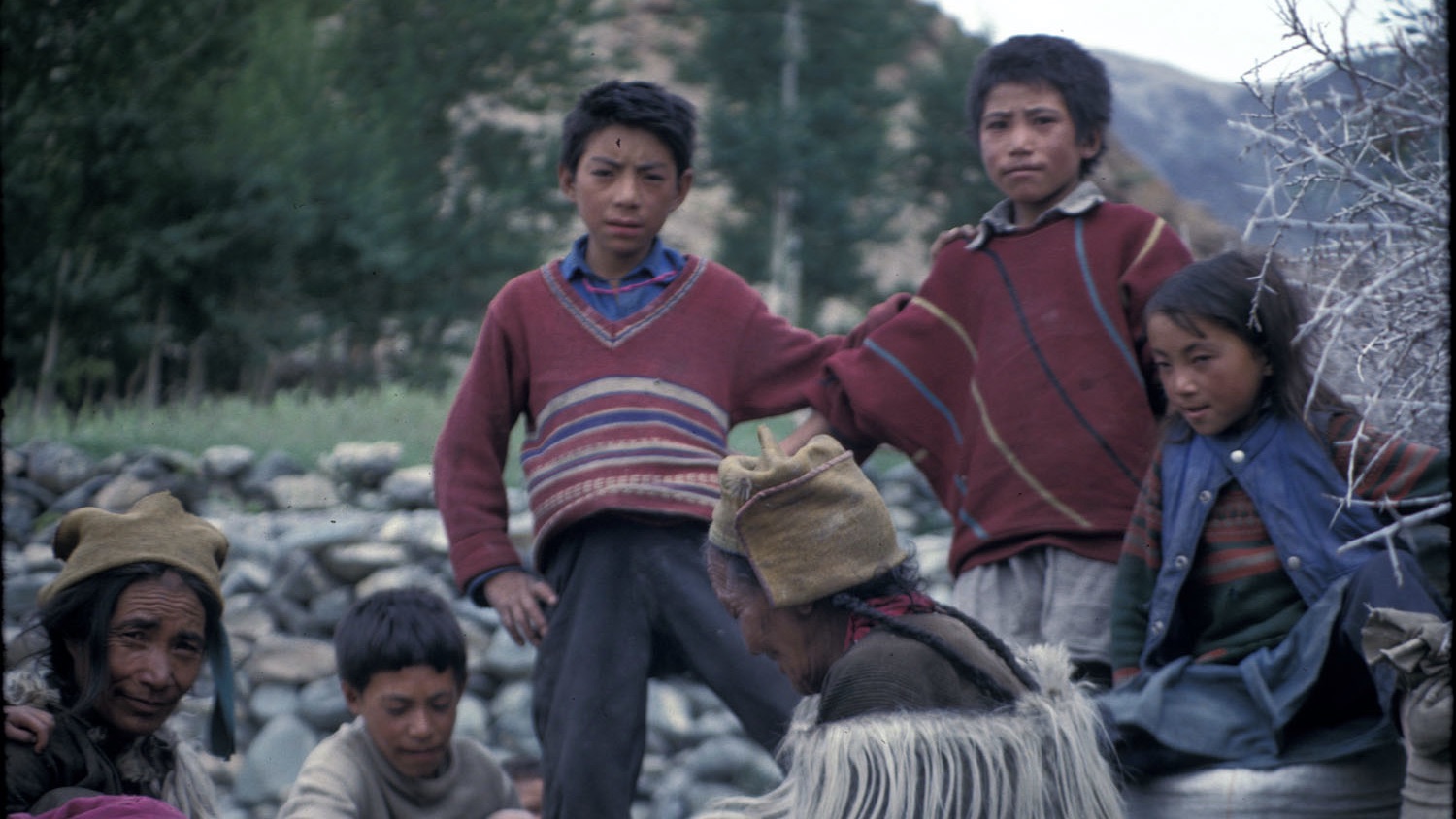Food Security & Shifting Labor Patterns in Zangskar
Besides the devastation caused by flooding and landslides, farming and food security are threatened by rising invasions of pests and shifting labor patterns.
Pest Invasions
Pest invasions across the region in recent decades have caused dramatic loss of yields and income throughout the region. Zangskari farmers suffered dramatic locust invasions in 2006, 2010, and 2015, of an intensity not seen since the 1940’s according to oral histories. The locust invasions prompted a variety of material and ritual practices including Tibetan fire rites (seen here in 2006) that help create a collective sense of suffering.
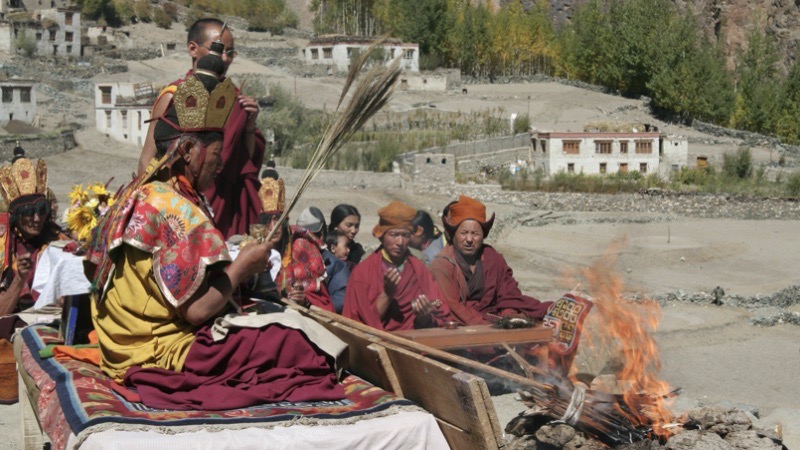

Beginning in 2013, the yellow tail moth (Euproctis similis) began infesting apricot orchards throughout Ladakh and Nubra. By 2016, the combined losses from aphid and yellow moth infestations nearly wiped out the apricot crop, costing a combined economic loss of up 75 million Rupees in the villages of Khaltse, Turtuk, Da, and Hanu. Ladakh is the largest apricot producer in India with a total fruit production of 15,761 metric tons that provide substantial income for farmers in lower Ladakh.
Aphids have attacked willow trees across Kargil in recent years, while the wheat has been subject to yellow rust, a fungal disease formerly unknown in Ladakh.
All of these pests were scarce or unknown until recently according to farmers, who attribute their presence to rising temperatures and traffic from India. Scientists are urging farmers to grow hybrid and pest-resistant crop varieties as well as apply pesticides and fungicides. With 2.5 million Rs granted by the Ladakh Autonomous Hill Council, villagers began to implement integrated pest management after 2016, with between 45-90% of the pests controlled after 2017, and no incidence of the yellow moth since 2019.

Labor Shifts Due to Modernization
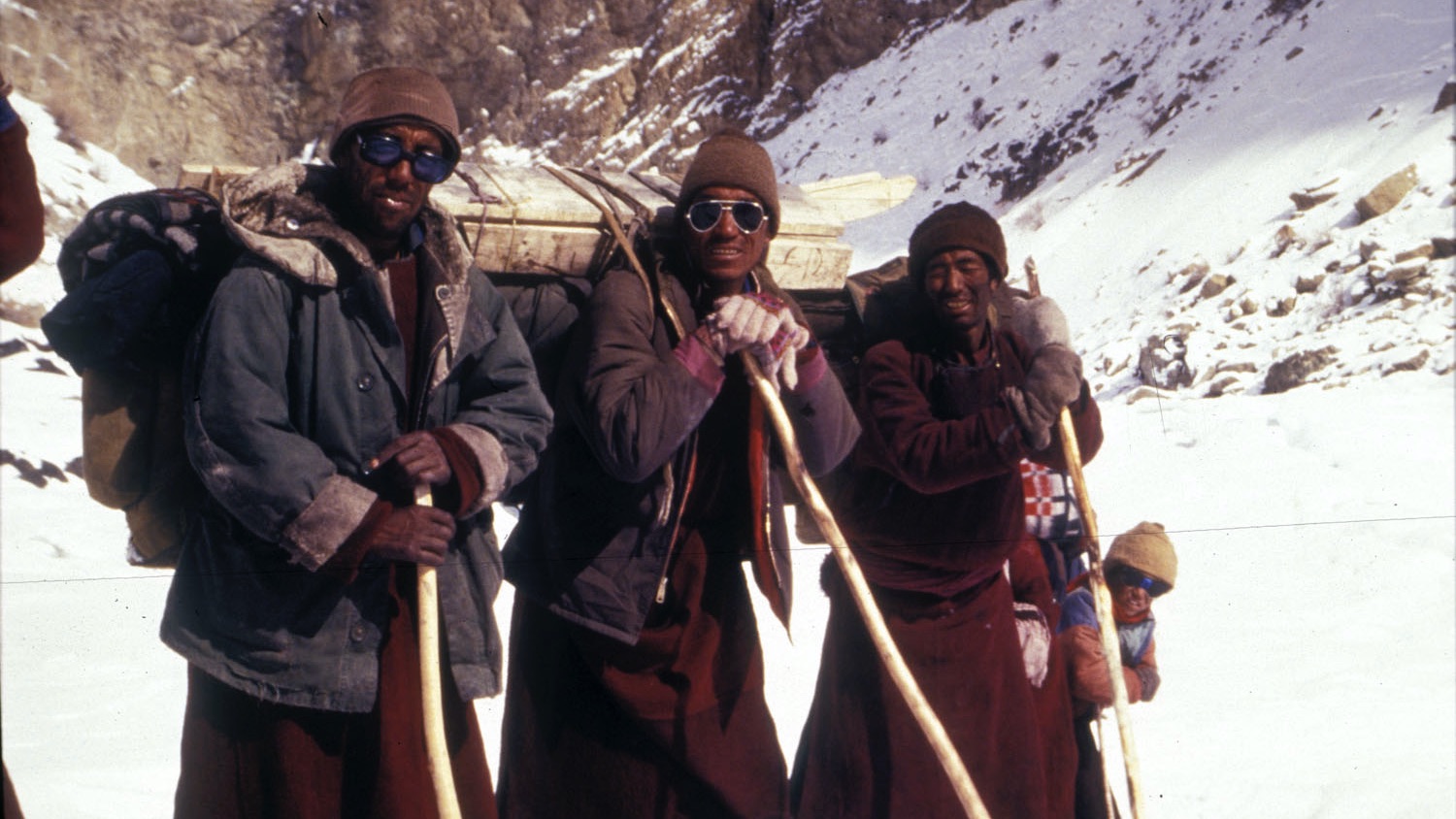
The pull of modernization has resulted in less labor available for farming as men and youth migrate to pursue education and jobs in tourism, army, government service, construction, business, and other sectors.
Out-migration of men and youth has led to critical shortages in agricultural labor in most households in Zangskar, Households whose members benefit from outside income also suffer the lack of labor resources and must find others to work in their fields.
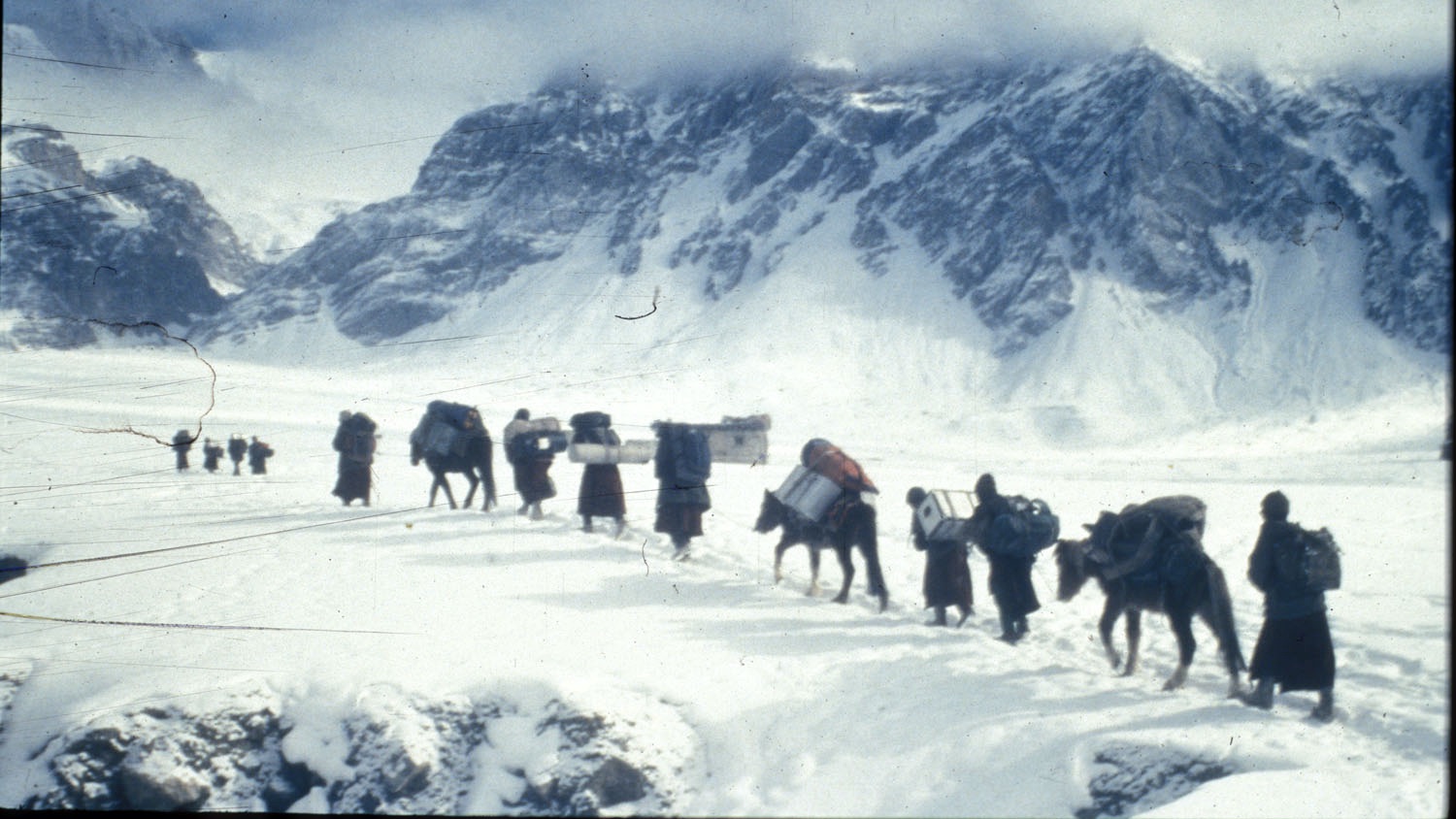
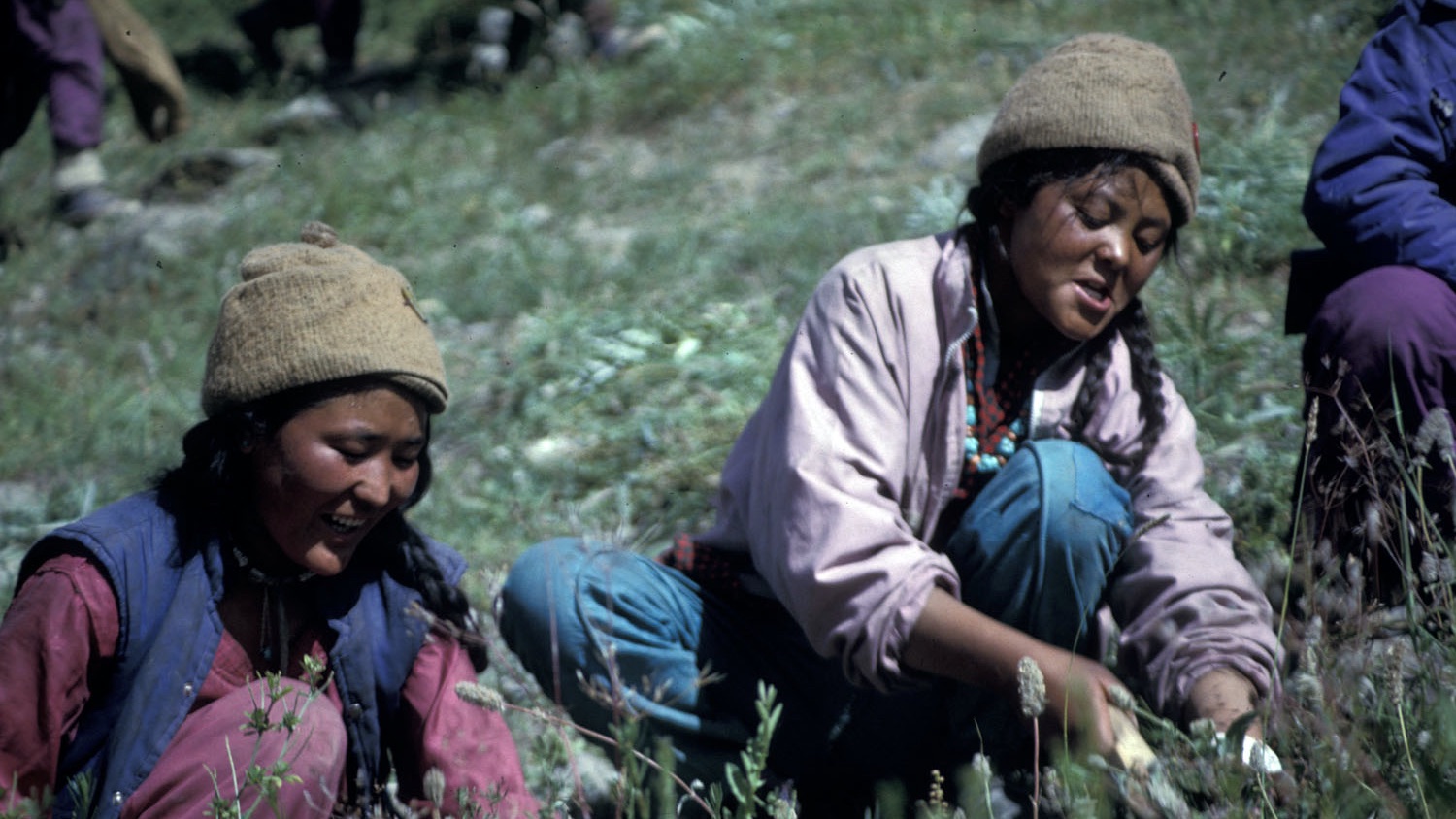
Traditional labor exchanges (las ‘byes) between households have been mostly replaced by transactional labor by hiring day laborers, who are paid in cash and meals. Day laborers are usually local women from other households, or Nepali or Bihari laborers––during the busiest agrarian periods (harvest, threshing).
Another consequence of outmigration of men and youth is that women are in charge of managing household food production and providing much of the household labor.
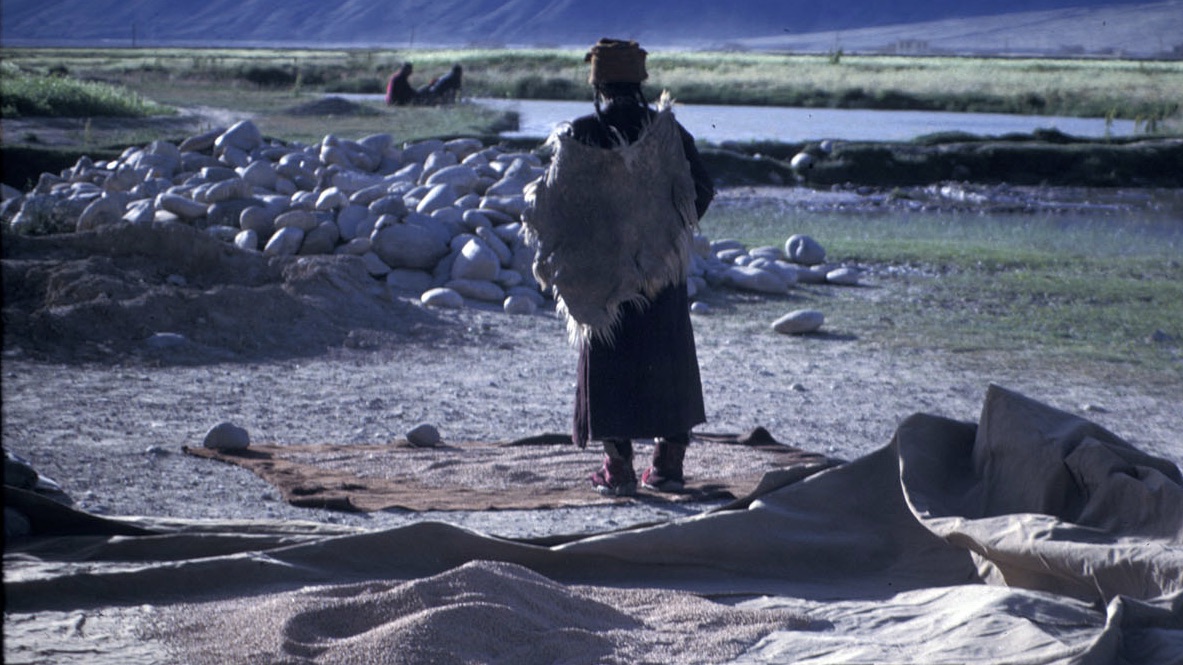
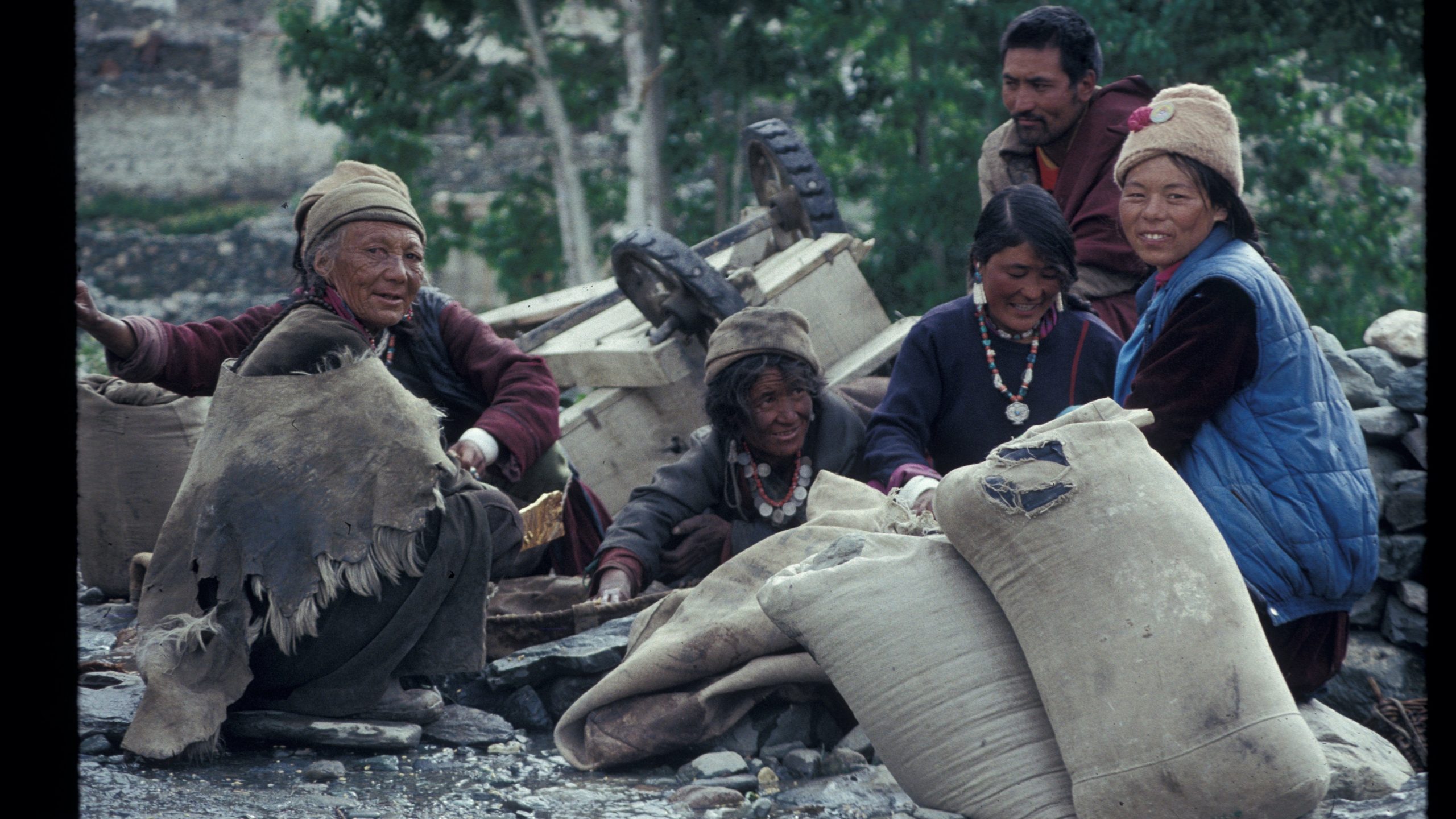
The declining number of agricultural workers in each household has led to greater reliance on imported Indian foods, with lower nutritional value and higher cost.
The shifts in diet lead to poor health outcomes for women and youth, as well as food scarcity in the poorest households.
